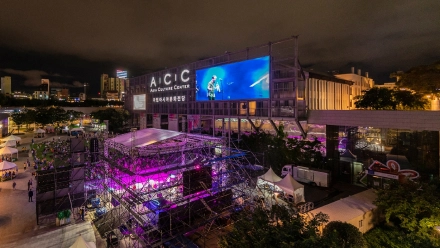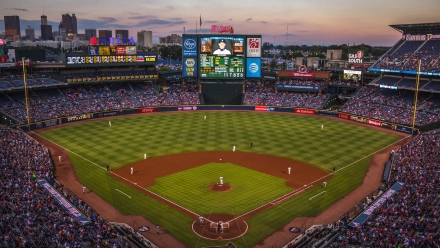
屋外用 LED スクリーンを選択する際に考慮すべき機能
Outdoor LED screens are a captivating way to grab attention and deliver information in public spaces. They are ideal for advertising, public announcements, and even large-scale artistic displays. But unlike indoor LED screens, outdoor versions need to withstand the elements and deliver a clear, bright picture in a variety of conditions. Here are some key features to consider when choosing an outdoor LED screen: High Ingress Protection (IP) Rating: An IP rating indicates how well an electronic device is protected from solids and liquids. For outdoor LED screens, a minimum rating of IP65 is recommended. This means the screen is dust-tight and protected from water jets from any direction. Temperature Resistance: Outdoor screens need to function in a wide range of temperatures, from scorching summers to freezing winters. Ensure the screen you choose is rated for the climate where it will be installed. Structural Strength: Outdoor LED screens are often large and heavy. The structure needs to be strong enough to withstand wind and other physical stresses. 輝度: Outdoor LED screens need to compete with sunlight to be clearly visible. Look for a screen with a high nit rating, which indicates brightness. Screens with a brightness of 3000 nits or higher are ideal for outdoor use. 解決: Resolution refers to the number of pixels in the display. A higher resolution will provide a sharper and more detailed image. The optimal resolution will depend on the viewing distance. Screens with a smaller pixel pitch (the distance between pixels) will generally offer a higher resolution and better image quality. Contrast Ratio: Contrast ratio refers to the difference between the brightest and darkest parts of the image. A high contrast ratio will produce a more vivid and visually appealing image. Easy Content Management: Outdoor LED screen supplier should be easy to update with new content. Look for a ...
もっと詳しく知る

All About LED Video Walls – Cost, 使用法, インストール & More
What is an LED Video Wall? LED stands for light-emitting diode, which is a semiconductor light source. You may see this technology referred to as “direct view LED.” This type of flat-panel display consists of tiny lightbulbs that emit colored lights to create full-color pixels that produce an image. LED technology has become more affordable in the last few years, making it more accessible to a wide range of industries and applications. Since LED panels don’t require bezels (essentially, the frame around the screen), you can tile them together to create a video wall of any size. The modular design means that your display can be the size of a typical TV or as big as a movie screen. They can also be curved, made into unique shapes or transparent. Indoor vs. Outdoor LED Video Walls One of the most impressive features of LED video walls is that they can be designed for indoor and outdoor applications. Outdoor displays need to meet standard weather ratings, compete with the brightness of the sun and be more structurally sound than indoor displays. The audience for an outdoor display is usually further away than the audience for an indoor display, so they require a lower pixel density. Think of outdoor LED applications as displays on the sides of skyrise buildings in the downtown area of a city. Indoor LED video walls are usually dimmer with more pixels per square inch (a high pixel density). It’s not uncommon for an outdoor display to be 10x brighter than its indoor counterpart. Since indoor displays are usually twice as bright as the average TV, this is incredibly bright!
もっと詳しく知る
